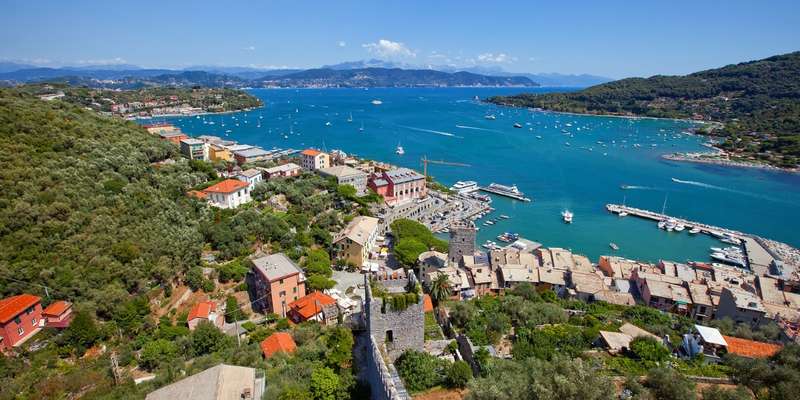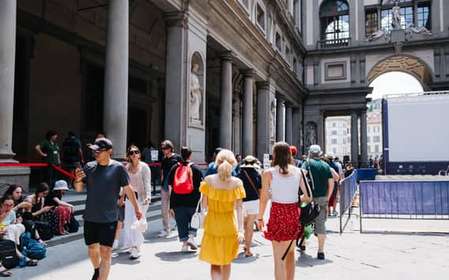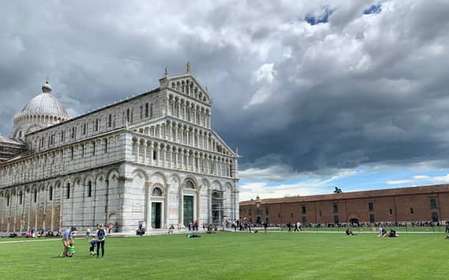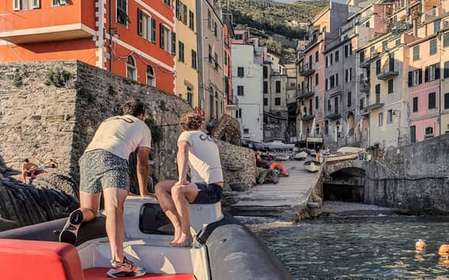- Home
- Useful Tips
- Tips for discovering La...
Exploring La Spezia's traditional craft centers can be a daunting task for travelers. With so many hidden workshops and local artisans scattered across the city, visitors often miss out on authentic experiences. According to recent surveys, over 60% of tourists leave Italy without purchasing genuine handmade souvenirs, often settling for mass-produced items instead. The frustration of not knowing where to look or how to distinguish between tourist traps and real artisan gems can turn a cultural exploration into a stressful hunt. La Spezia's rich heritage of woodworking, lace-making, and ceramics deserves more than a hurried glance at souvenir shops. The real challenge lies in uncovering these treasures without wasting precious vacation time or falling for overpriced imitations.


Navigating La Spezia's artisan districts like a local
The historic center of La Spezia holds the highest concentration of authentic workshops, particularly around Via del Prione and Piazza Cavour. These narrow alleys hide generations-old botteghe where artisans still practice traditional Ligurian crafts. Look for unassuming storefronts with 'lavorazione artigianale' signs – these often indicate family-run operations rather than commercial outlets. Early mornings (before 11am) are ideal for visiting, as many masters welcome observers during their creative process. Don't hesitate to peek into courtyards; some of the best woodcarvers work in tucked-away spaces. The local tourism office provides a free map marking verified craft locations, though it's worth noting that about 30% of the most skilled artisans operate without formal storefronts.
Identifying genuine handmade treasures in tourist areas
The waterfront and cruise port areas contain numerous shops claiming to sell local crafts, but authentic pieces require careful identification. True La Spezia lace features distinctive 'punto antico' stitching with irregular patterns impossible to machine-replicate. For ceramics, check the underside for artisan signatures and slight imperfections that confirm hand-thrown origins. Wooden items should show tool marks rather than laser-cut precision. Several reputable workshops maintain small showrooms near the cruise terminal, including Ceramiche Vaccari (established 1921) and Laboratorio Liuteria for traditional instrument makers. These often get overlooked by tour groups heading to flashier stores. A helpful rule: if the shopkeeper can't name the producing artisan or demonstrate the craft, you're likely viewing imported goods.
Seasonal craft events worth planning your visit around
Timing your La Spezia visit with local festivals transforms craft hunting into a cultural experience. The April 'Artigianato e Territorio' fair gathers over 80 regional artisans in Piazza Europa, while December's 'Mercatino di Natale' features special demonstrations of nativity scene woodcarving. Every third Sunday, the 'Mercato delle Erbe' includes a morning craft section where artisans sell directly to avoid middleman markups. Summer brings pop-up workshops along the Lerici waterfront, where visitors can watch boat-builders practicing ancient techniques. These events solve the problem of scattered workshops by concentrating authentic crafts in accessible locations. Many participating artisans don't maintain year-round storefronts, making these gatherings your only chance to purchase their work directly.
Connecting with master artisans through cultural programs
For deeper immersion, La Spezia's cultural associations offer craft experiences most tourists never discover. The 'Artefici Liguri' program arranges visits to private ateliers where you can watch masters create intricate marquetry or woven fishing nets. These require advance booking but provide unparalleled access to techniques passed down through generations. The local Slow Food chapter occasionally pairs craft demonstrations with tastings of traditional focaccia and wine. Free options include the Civic Museum's weekly artisan talks, where creators discuss their processes in Italian with English handouts available. These initiatives solve the language barrier that often prevents meaningful interaction with local craftspeople, turning a simple souvenir hunt into memorable cultural exchange.



